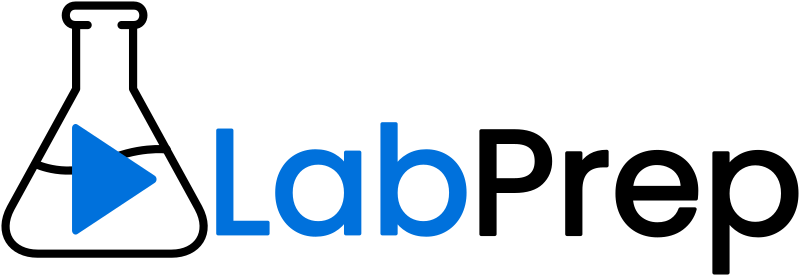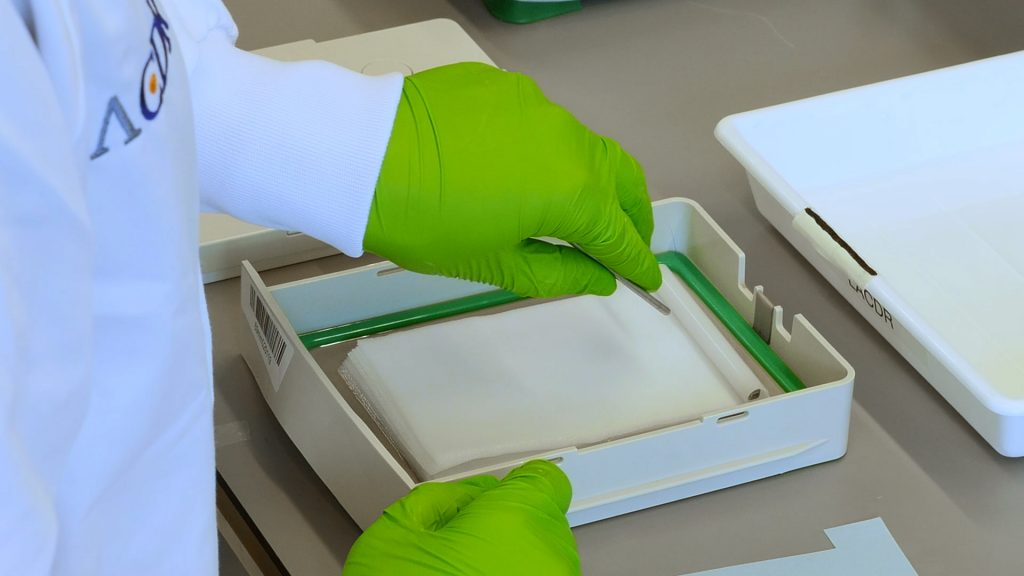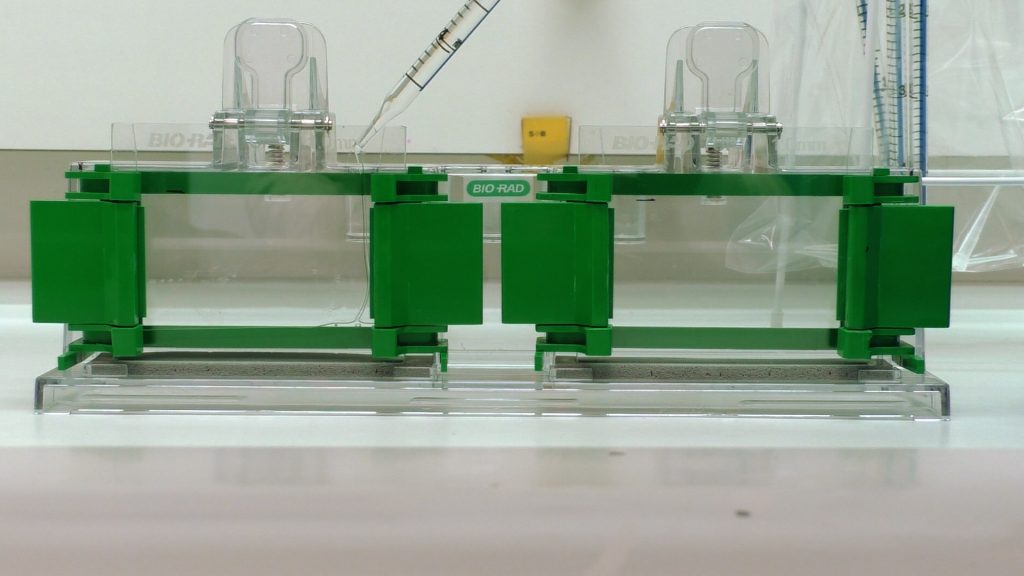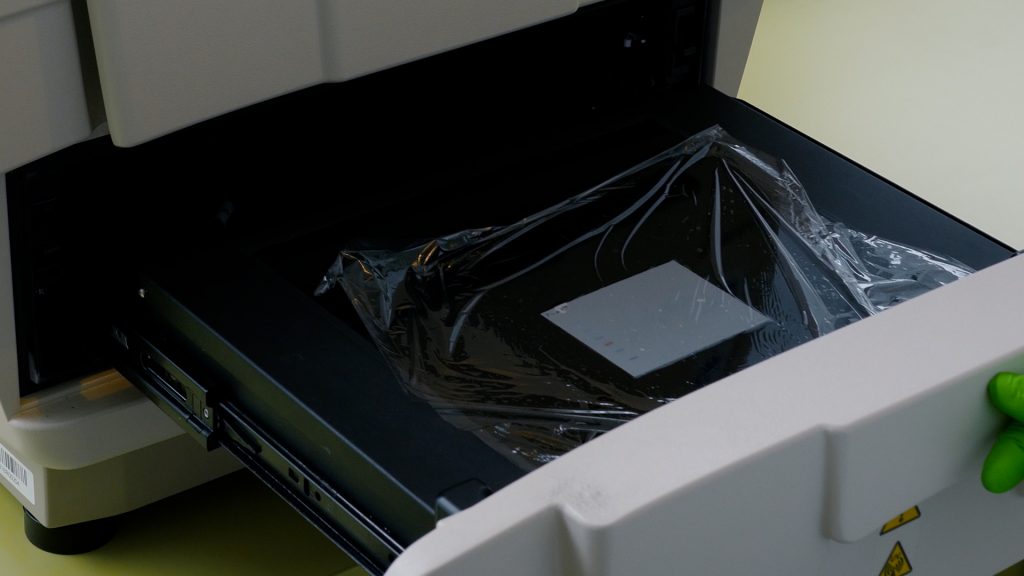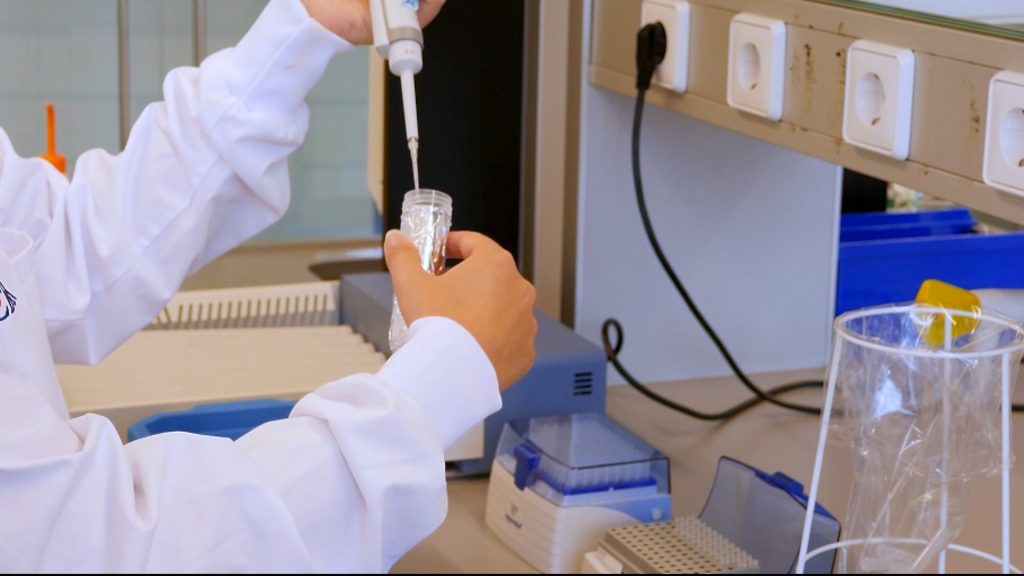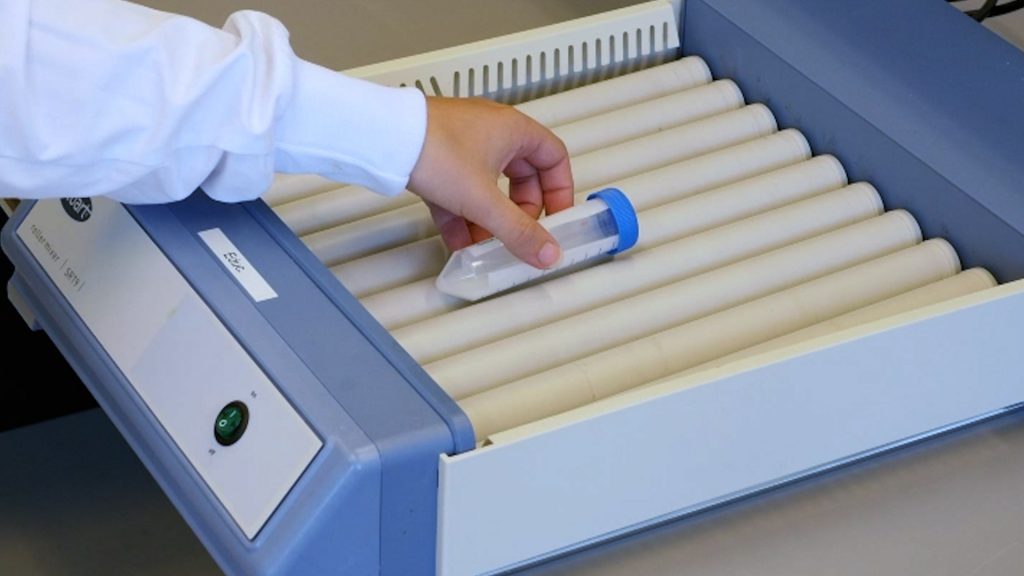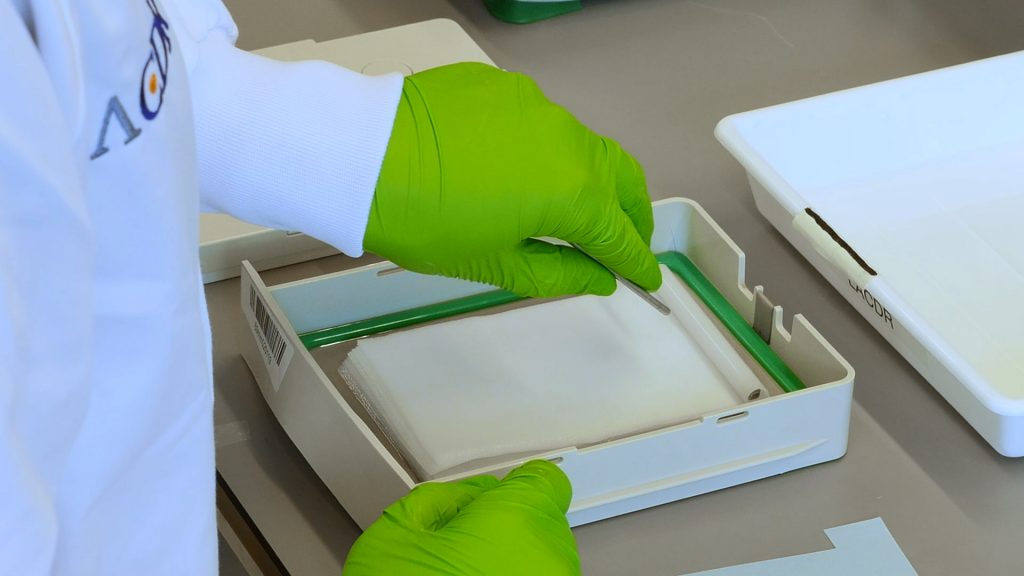Transfer protein to membrane
This video shows how to perform protein transfer to membranes for a western blot experiment.
- Tineke Bijl
-
(0)
- 0 enrolled students
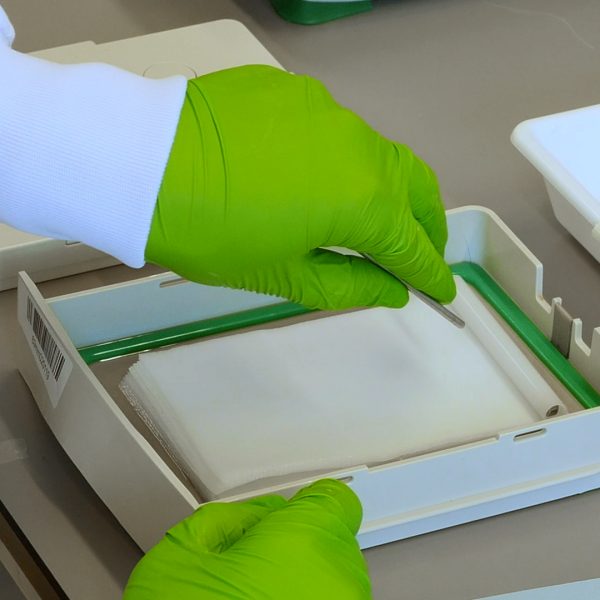
Description
Non-interactive video download link (mp4).
The script that has been used to create the video shown above can be downloaded as excel script file.
1 | Soak 1 stack of transfer stacks in 35 ml Blot buffer. |
2 | Place the transfer stack in the Turbo-Blot tray. |
3 | Keep the membrane between the blue papers as much as possible to avoid protein contamination. Do not touch the membranes with bare hands: wear gloves and use tweezers.
|
4 | Do not touch the membranes with bare hands: wear gloves and use tweezers.
|
5 | Carefully remove the top glass plate from the gel. |
6 | Remove the stacking gel (the part of the gel where the slots are) and gently place the gel on the membrane. Repeat this step for the 2nd gel. |
7 |
|
8 | Start the 7-minute transfer program. |
9 | Remove the tray from the machine and check if you can see the protein ladder on the membrane (NOTE: On which side are your proteins ?!) |
What is the correct way to assemble a transfer stack? Start with the tray block on top, and add the others in the right order downwards.
|
Now you know how to build up your transfer stack and you know how the charge has influence on the process, can you explain where the positive and negative pool are located? Proteins are [a]. This means the tray contains the [b] pool, and the lid contains the [c] pool.
|
Wat gebeurt er bij activatie van het PVDF membraan?
|
Which is the correct way to assemble a transfer stack? Fill in the correct answer: Negative Terminal (anode) – [a] – [b] – [c] – [d] – Positive Terminal (cathode) Think about which item you use more than once. Which way does the current flow? And on which side of the membrane, gel or transfer stack is the protein? Correct answer = Negative Terminal (anode) – [a=transfer stack] – [b=gel] – [c=PVDF membrane] – [d=transfer stack] – Positive Terminal (cathode)
|
Download zip to import in LabBuddy.
Please make sure that your product exists and valid for this course
- Skill levelIntroduction video
- CategoryBiochemistry
Related videos
-
Free
Pouring SDS PAGE gel
-
Free
Blocking membrane
Copyright information
This video is created by Leiden Academic Centre for Drug Research (LACDR), Faculty of Science at Leiden University under a open Creative Commons Attribution-NonCommercial-ShareAlike 4.0 International License. When using this video in its original version please refer to www.labprep.video. When adapting the video, mention the source ‘adapted based on the original version that is created by the labprep.video team’. It is not allowed to use the video for commercial purposes without consultation with the creators. You can contact us via info@labprep.video.
